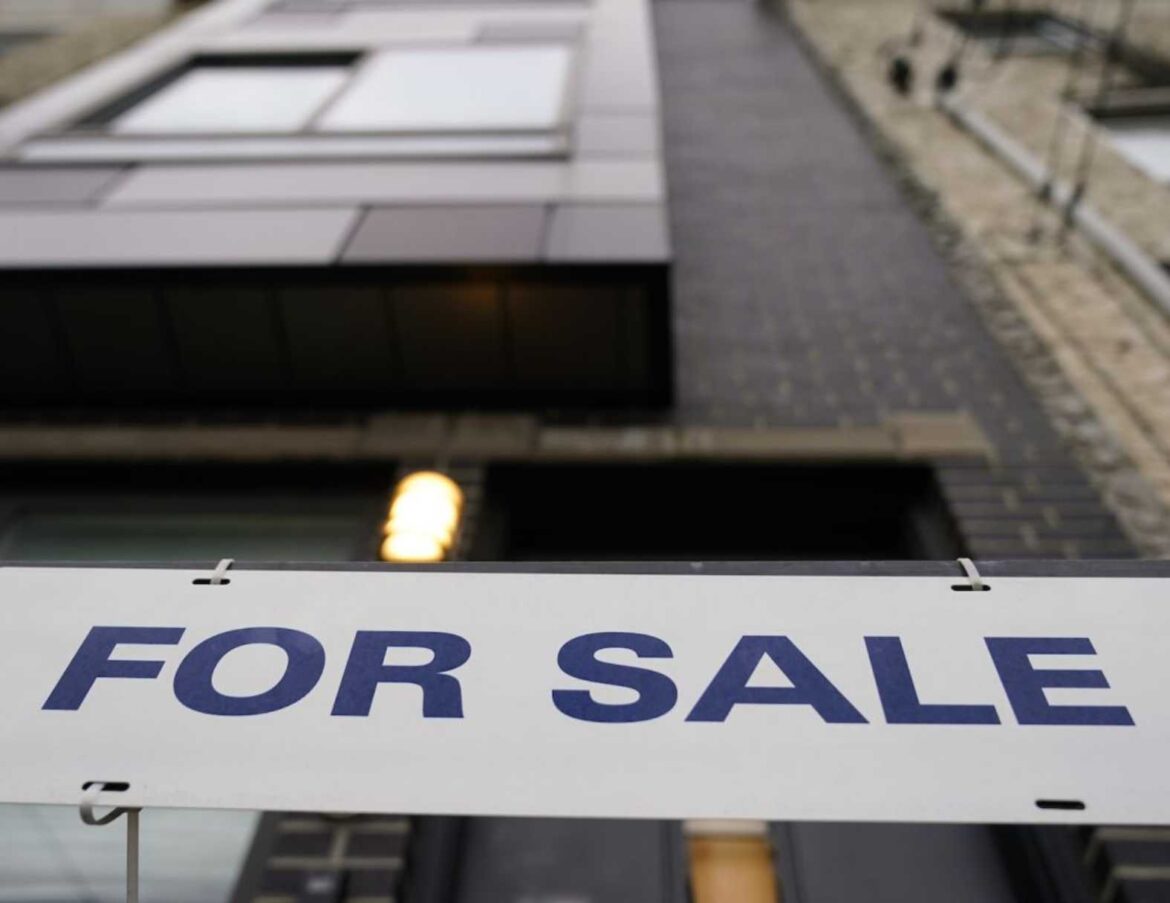Spring has traditionally been the most active season for the U.S. real estate market. It’s the time when new listings surge, buyers return in force after the winter lull, and transaction volumes peak. However, in 2025, the spring market has proven surprisingly sluggish. The primary reason: persistently high mortgage rates, which continue to suppress demand and significantly impact home affordability across the country.
A Weak Start to the Spring Season
From March through May, the U.S. housing market usually experiences a strong seasonal bounce. Buyers re-enter the market, and sellers list properties in anticipation of strong returns. But the 2025 season has so far failed to meet expectations. Unlike in previous years, the volume of sales remains below forecasts, and new listings have not increased substantially. Realtors and analysts alike report that buyer interest remains cautious, even in markets where supply has slightly improved.
High Interest Rates: A Key Obstacle
One of the biggest barriers this season is the high mortgage rate environment. After a series of hikes in the federal funds rate between 2022 and 2023, average 30-year fixed mortgage rates are holding steady around 6.6% to 6.8% as of spring 2025. This is significantly higher than the sub-3% rates seen during the pandemic.
For prospective buyers, this translates into much larger monthly payments. A typical mortgage on a $400,000 home with 20% down now costs over $2,800 per month. For many middle-income families, this is unaffordable. As a result, many potential homeowners are choosing to delay their purchase or continue renting.
Sellers Hold Back
It’s not just buyers who are hesitant. Homeowners who locked in low interest rates in recent years are also reluctant to sell, knowing that a new mortgage would come with much higher costs. This “rate lock-in effect” is keeping a substantial portion of potential listings off the market.
The result is a continued shortage of inventory, particularly in the affordable and mid-range housing segments. Even in regions with some increase in listings, the available stock is far from meeting demand.
Home Prices Remain High
Despite the slowdown in activity, home prices across most markets remain high. Nationally, the median home sale price hovers between $400,000 and $410,000, a slight increase from the previous year.
However, price trends vary by region. In cities like Austin, Seattle, and Denver, prices have shown modest declines due to weaker demand. Meanwhile, in major metros like New York, Los Angeles, and Miami, limited inventory continues to support price growth, despite the cooling market.
Regional Disparities: From San Diego to Philadelphia
Market dynamics differ significantly from city to city. In the West, particularly in California, home prices remain out of reach for most. In San Diego, for example, the median home price exceeds $790,000, making it one of the least affordable cities in the country.
In the Northeast, including Boston and Philadelphia, price growth has slowed but not reversed. In Philadelphia, income requirements for buying now exceed those for renting by more than $30,000 annually. This gap has pushed many potential buyers back into the rental market.
In the South, states like Florida, Georgia, and Texas present a mixed picture. Some cities are seeing price corrections on the resale market. For instance, home prices in Dallas and Houston have slightly decreased due to a rise in inventory and softening demand.
The Construction Sector: Cautious Optimism
The new home construction segment also failed to meet early 2025 projections. While builders are still launching projects, sales volumes have fallen short of expectations. Buyers remain hesitant, and higher material and labor costs have limited affordability.
However, builders remain cautiously optimistic. In select markets, new construction has become more attractive through creative financing, such as interest rate buy-downs, smaller down payments, and incentive packages. There’s also increased interest in townhouses and compact single-family homes, which are cheaper and easier to finance.
Rentals Take Center Stage
With homeownership out of reach for many, renting continues to be the fallback option. In some cities, renting has become more financially sensible than buying — a reversal of the traditional pattern.
Rental rates in 2025 have largely stabilized, although they remain high in major metropolitan areas. In smaller cities and suburbs, demand for long-term rentals — including rent-to-own models — is on the rise. This offers an interim solution for families not yet ready or able to take on a mortgage.
Buyers Are Hesitant
The psychology of buyers has shifted. After the post-pandemic boom, when homes sold in days, today’s buyers are far more cautious. Many are waiting for interest rates to drop further, hoping for lower prices in the second half of the year. Until that happens, market activity remains subdued.
Realtors note an uptick in buyers who abandon deals even after pre-approval — often due to changing interest rates, affordability concerns, or job uncertainty. Lenders, in turn, have tightened underwriting standards, making qualification more difficult for borderline borrowers.
What Lies Ahead?
What’s next for the U.S. housing market is unclear. In the short term, significant changes seem unlikely. The Federal Reserve continues to hold the benchmark interest rate high to curb inflation, which means mortgage rates will likely remain elevated.
Some analysts forecast modest rate relief by late 2025, which could reinvigorate the market. However, others warn that buyer confidence will take longer to recover, and many homeowners still have no incentive to sell unless rates fall substantially.
Conclusion
The spring 2025 housing season in the United States has proven weaker than anticipated. Elevated mortgage rates and sustained high home prices have significantly limited affordability for first-time buyers and middle-income households. While there are signals of potential improvement in the months ahead, uncertainty remains high.
A meaningful recovery will require a combination of lower interest rates, increased housing supply, and renewed buyer confidence. Until then, the market is likely to remain sluggish and uneven — varying widely by region and property type. What should have been a season of growth has turned into a pause — and possibly a preview of a slow summer ahead.

